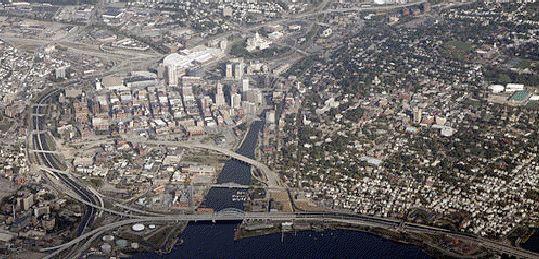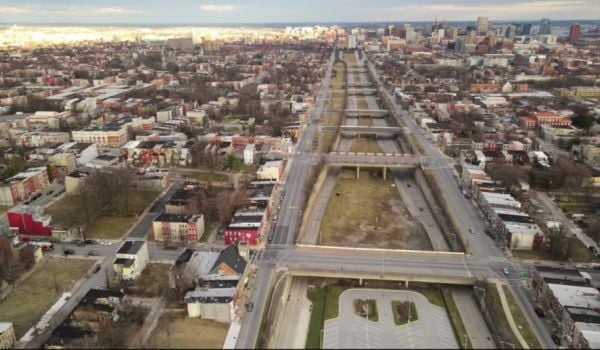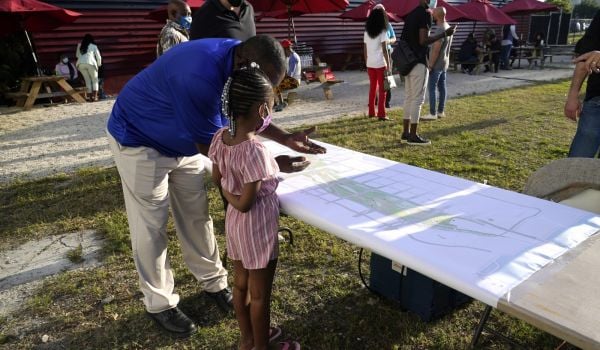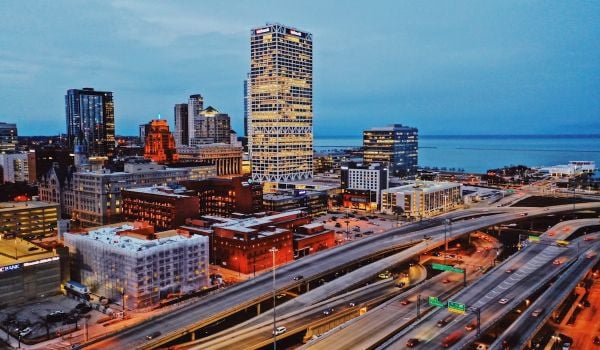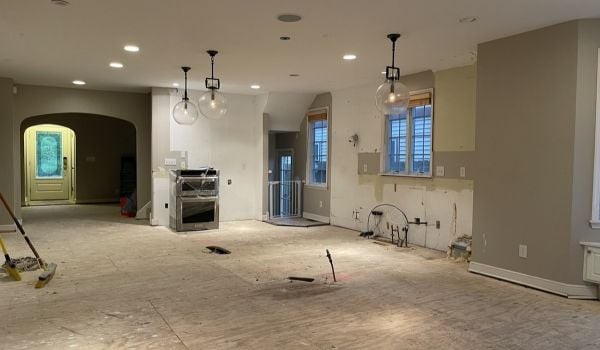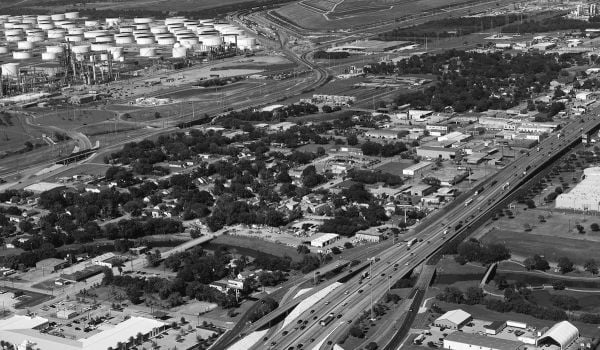This piece originally appeared on Rust Wire.
Whether it is the Beehive of Industry, the Renaissance City or the Creative Capital, Providence, R.I. has been changing hats for centuries. That isn’t a typo: This place is old. Not unlike other rust belt cities, Providence has been struggling to shake off the ashes of the golden age of manufacturing in favor of greener pastures. In each pursuit to reinvent itself every decade or so, this town certainly goes all in. Economic crises seem to hit here harder than most places. So, who or what is Providence and where does it plan on going from here?
Historical Perspective
In 1636, a man named Roger Williams purchased land from the Narragansett Indians and founded Providence after being exiled from the Massachusetts Bay Colony. He was lambasted for heresy because of his criticisms of the church and is credited with being the first person to refer to a wall of separation between religion and government. He welcomed people from all over the colonies who were escaping persecution including Jews, Quakers, Baptists, brigands and other misfits. Providence had, early on, marketed itself as a safe haven for free thought and independence to the other colonies’ disdain. If you want, you can think of it as a pirate fortress, and you’d be partially right. This independent nature remains today as a backdrop to both the city and the rest of the State of Rhode Island.
Fast forward to the Great Depression, and most factories had packed up and left, and with white flight following World War II you had a situation where there were relatively few jobs, a dismal tax base, an interstate highway dividing the city and the New England mafia is running things. If this last sentence sounds familiar it is because you could substitute Providence, minus the mob, for much of the urban northeast and to a certain extent, any postwar American city. Economic fluctuations just seem to hit this part of America harder; and so ended Providence as the Beehive of Industry.
Resurgence and Rebranding
Buddy Cianci, two-time mayor of Providence, wanted nothing more than to lift this phoenix from the ashes of deindustrialization. This rebirth branded Providence as the Renaissance City and over half a billion dollars were invested over the course of the ’70s and ’80s. A river running through the city was uncovered, a park built and a downtown ice skating rink were built, and a railroad line moved to a less intrusive location.
This gave beautification to a crumbling city. Bouts of intense building happened periodically right up until the current financial crisis, when everything went downhill again. Construction halted or was cancelled for countless projects and investors hunkered down for the bleak economic forecast. Several proposed skyscrapers were put on indefinite hold. Foreclosures became part of the daily routine. The very people who were once optimistic about the path the city was taking as a center of education, art, business and sciences now faced the reality of a city threatened by bankruptcy. How will Providence try to pull itself out of a mess like this?

How Providence Will Try to Pull Itself Out of a Mess like This
Situated nicely between Boston and New York City, it is pretty hard for Providence to get positive attention. Any reference of Providence as part of a top ten list will more than likely lead to bad publicity. So, in lieu of innovation, the city has taken principles that have worked for other places in similar predicaments and is attempting to implement them here.
The street car lines that were abandoned in favor of automobiles and busses are being reassessed. This flirtation with mass transit will be lurking behind the scenes for years to come until the budget will allow for it, or at least until people believe that it’s worth it. Being a dense city built before the advent of the automobile, the compactness and ease of travel makes Providence attractive for New Urbanist concepts that shun cars.
With a large higher education base, it is not too much of a stretch to reach for a sleek and sexy biotech industry. This worked very well for Boston. And, with a commuter line running between these two cities, why not hitch a ride on their success? In 2011, with the removal of a section of highway from downtown, 35 acres of prime real estate have been freed up. I can imagine that many people, myself included, are biting their nails in anticipation with what will eventually fill this space. A worst case scenario will be 15 Wal-Marts side-by-side with the zoning approval of a desperately cash-strapped city council. On the other, much more plausible, side of the spectrum the branding of this new section as the Knowledge District will invite new high technology business firms in and save this place from floundering. This is the kind of long term planning that will make or break this city.
With good press, solid subsidies and firms willing to take a certain level of risk in this current market, Providence is due for another makeover sometime soon.

